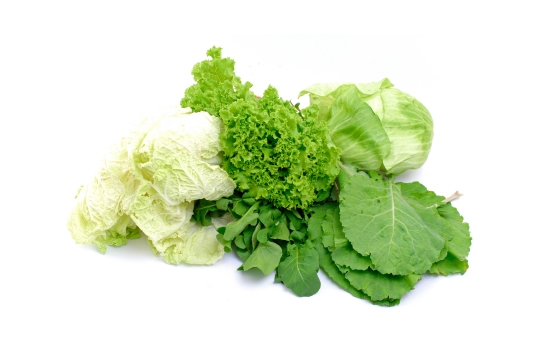Glutamic acids (or glutamate) is naturally sourced from a variety of foods; including high protect meat, eggs, dairy, and fish.
Below are six foods high in Glutamic acid:
1 – Cheese
Similar to the concentration with seeds, the amount of glutamic acid found in various cheeses can differ quite significantly. A cheese that has a high concentration is Parmesan cheese, which has 8.2 grams of amino acid per 100 gram slice.
2 – Chicken
A rich source of glutamic acid is chicken or other poultry. Add chicken to a well-balanced diet to benefit from a food source that is nutritious, low in fat, and rich in protein.
3 – Eggs
Eggs are an all-natural and rich source of glutamic acid and protein. A 100 gram serving of eggs (2 or 3 medium sized) includes about 10-11 grams of glutamic acid.
4 – Fish
Packed with lean protein, adding fish to the diet is certain to offer a natural source of glutamic acid. Atlantic cod is one such fish species that includes a desirable amount of glutamate. A 6 ounce serving includes nearly 15.2 grams of glutamic acid.
5 – Seeds
The concentration of glutamic acid varies with the different types of seeds. For instance, 3.2 ounces of cottonseeds include 10.3 grams of glutamic acid, while 3.4 ounces of sesame seeds include 9.2 grams.
6 – Soy Protein Isolate
Derived from soybeans, a serving of soy protein isolate is able to give a rich helping of protein, and perfect for vegans and vegetarians. This purified or reined form of soy protein is able to boast a high concentration of glutamic acid and more favored than other protein-rich foods. A 100 gram serving of soy protein has about 16.2 grams of this amino acid.
How much Glutamate is consumed?
A typical intake of glutamate is in the region of 11 grams and comes from protein sources that are naturally eaten. Plus, the human body is able to self-produce nearly 50 grams of this chemical compound to use in the process of controlling the metabolism.
How can I tell if Glutamate is included in food?
Any labeling for food products needs the ingredient to be clearly listed. Also, any food ingredient like autolyzed yeast extract, hydrolyzed protein, or similar glutamate-containing compounds should be noted on the food label. There are some situations where glutamate isn’t labeled. If part of a natural food source like tomato, there is no need to separately list the item.
Caution
A major function of glutamic acid is the ability to produce folic acid, which benefits the health in general, with women benefiting the most. But, a high concentration of this compound can result in seizures and epilepsy. So, for those more likely to experience issues with seizures it helps to up the intake of vitamin B6 to manage the higher amounts of glutamic acid in the system.

Speak Your Mind